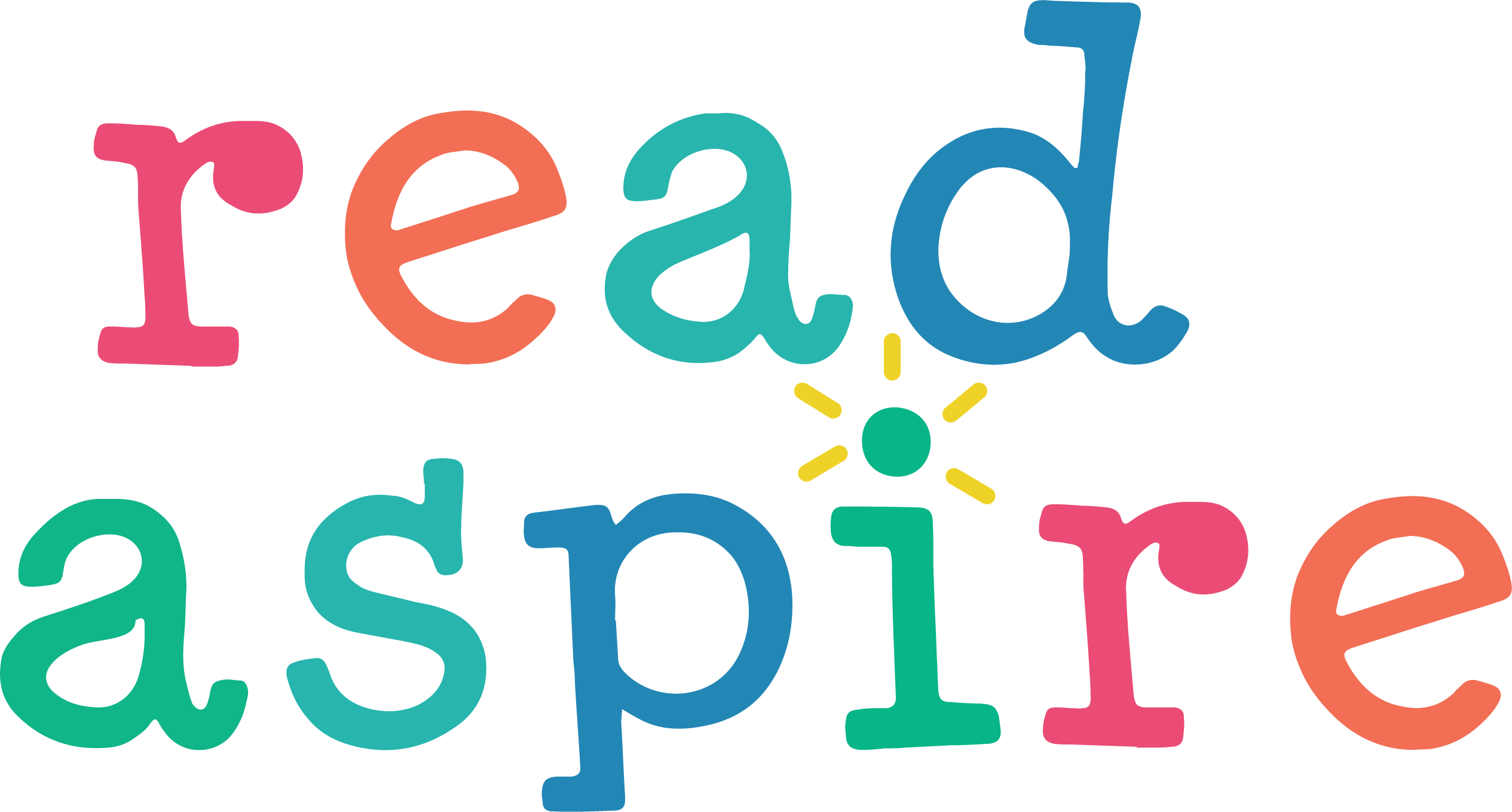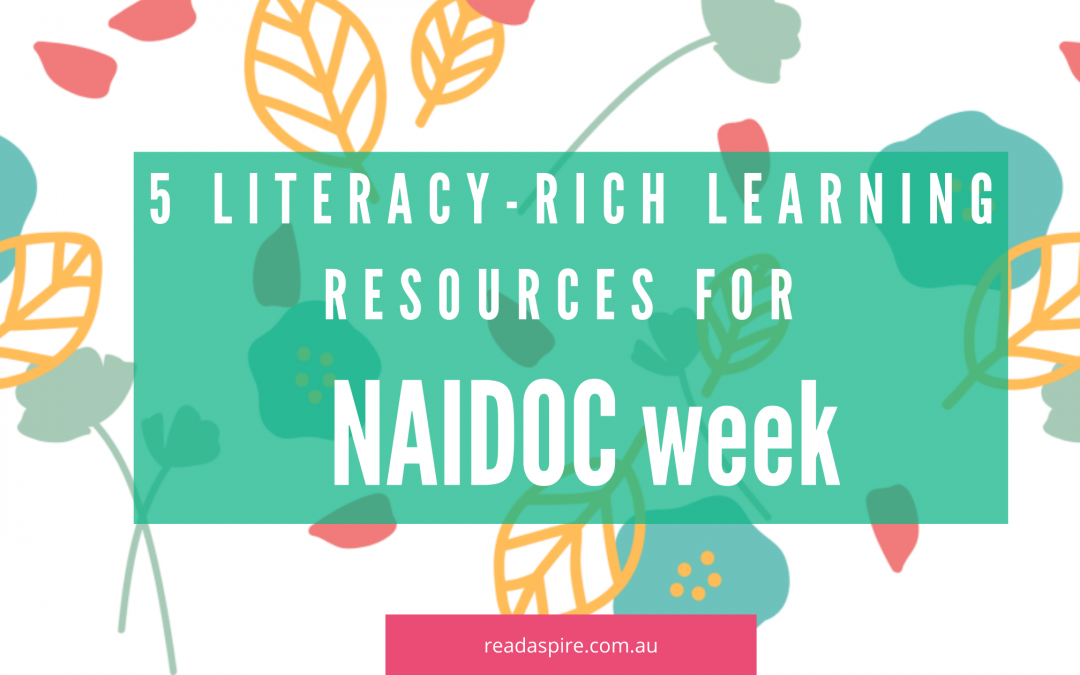It’s NAIDOC Week 2020. Normally held in July each year, NAIDOC Week celebrates the history and achievements of Australia’s Aboriginal and Torres Strait Islander peoples.
The theme of this year’s NAIDOC Week is ‘Always Was. Always Will Be’. It recognises and honours a culture that is thousands of years old and one that’s diverse, resilient and proud. As it says on the website of the National NAIDOC Committee, Australia’s Indigenous peoples are a culture of firsts:
“Aboriginal and Torres Strait Islander people were Australia’s first explorers, first navigators, first engineers, first farmers, first botanists, first scientists, first diplomats, first astronomers and first artists.”
In previous generations, there was too-little appreciation or understanding of the Aboriginal and Torres Strait Islander peoples’ culture. Thankfully, that’s improved. There are now some excellent literacy-rich activities and learning resources that can be used at home or in the classroom to learn more about our shared past and future.
Read on to find out more.
NAIDOC Committee’s Teaching Resources
The first resource you want to check out is the website of the NAIDOC Week organising committee. It includes information about the history of NAIDOC Week, the movement that led to the recognition of Indigenous peoples’ rights and some comprehensive learning resources.
The Teaching Guides page on this website has some excellent resources. They’re all linked to the Australian Curriculum. Use the focus questions as discussion prompts. Or, have your child do some background reading on a focus area of interest:
- Arts and crafts
- Astronomy
- Cooking
- Geography
- History
- Music
SBS Learn Home
SBS’ Education unit has a whole section devoted to resources about Aboriginal and Torres Strait Islander peoples. These are tailored for the classroom, but could easily be dipped in to at home, particularly by home schooling families. I particularly like the teaching resource prepared for NAIDOC Week, as it has some useful discussion questions and reading suggestions. I also like the Exploring Australian Narratives documentary and resource. It’s suitable for discussing more complex understandings of perspective and identify.
ABC Education: First Australians
There’s plenty to check out at ABC Education, including a number of digibooks, with relatively short text and video clips to explore. Three of my favourite resources are:
Why a welcome to country is never boring
Archie Roach on ‘Took the children away’
Using music to explore Australia’s Indigenous culture and history
That segues nicely into another resource I often use with older students: music.
Music and music videos can spark an interest in issues and events that might otherwise seem a little dry when coming from a textbook. It’s also a good way to explore how language techniques create meaning, including:
- Figurative language
- Repetition
- Emotive language
- Tone and mood
- Vocabulary choices
Archie Roach’s ‘Took the Children Away’ is a poignant and powerful song to learn more about the Stolen Generations. There’s a number of versions on YouTube, but I particularly like this one from Schools Spectacular 2016.
If your child has been learning about the changing rights and freedoms of Australia’s Indigenous peoples, you might like to watch and listen to this version of Paul Kelly’s ‘From Little Things, Big Things Grow’.
This song was recorded by Kelly with Kev Carmody, at the memorial service for former prime minister Gough Whitlam. You can learn more about the story behind this song here.
First Nations Bedtime Stories Challenge
Finally, you might like to mark this year’s NAIDOC Week with some bedtime stories. The First Nations Bedtime Stories Challenge is a project of Common Ground. You need to sign up for access to five different Dreaming stories. Each comes with accompanying learning activities.
Over to you
How do you acknowledge NAIDOC Week? Do you have a favourite resource? I’d love to hear about it in the comments below.
If you found this blog post helpful, please share in your social networks.

